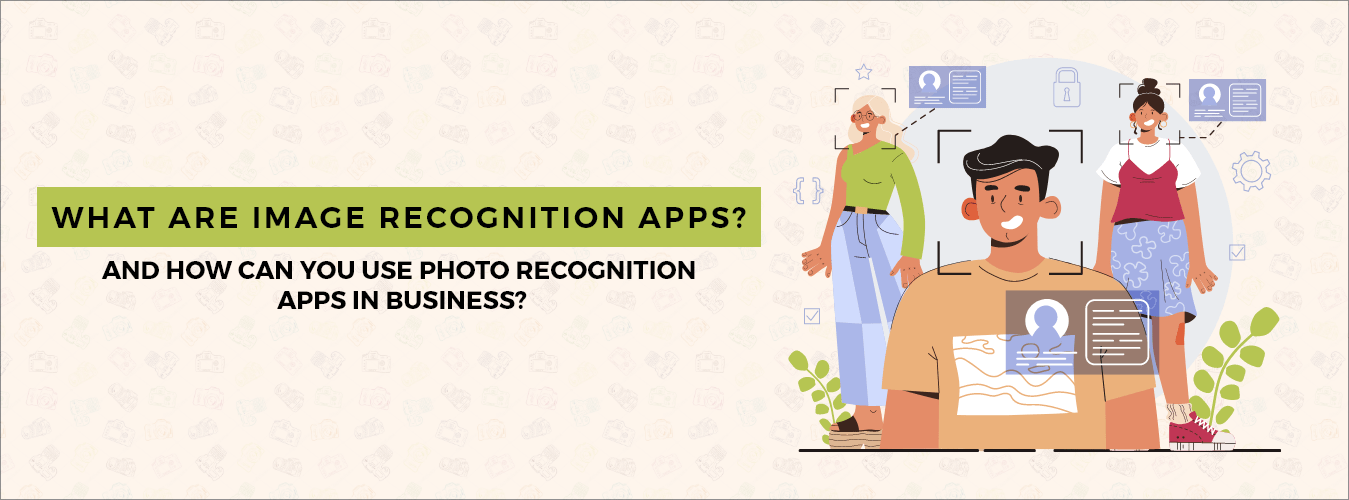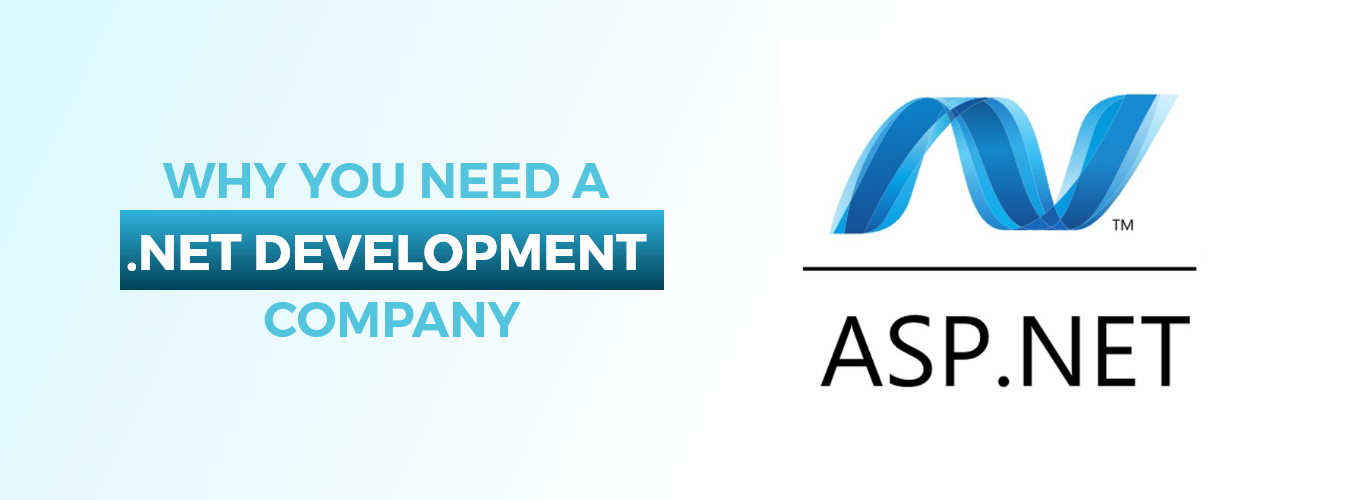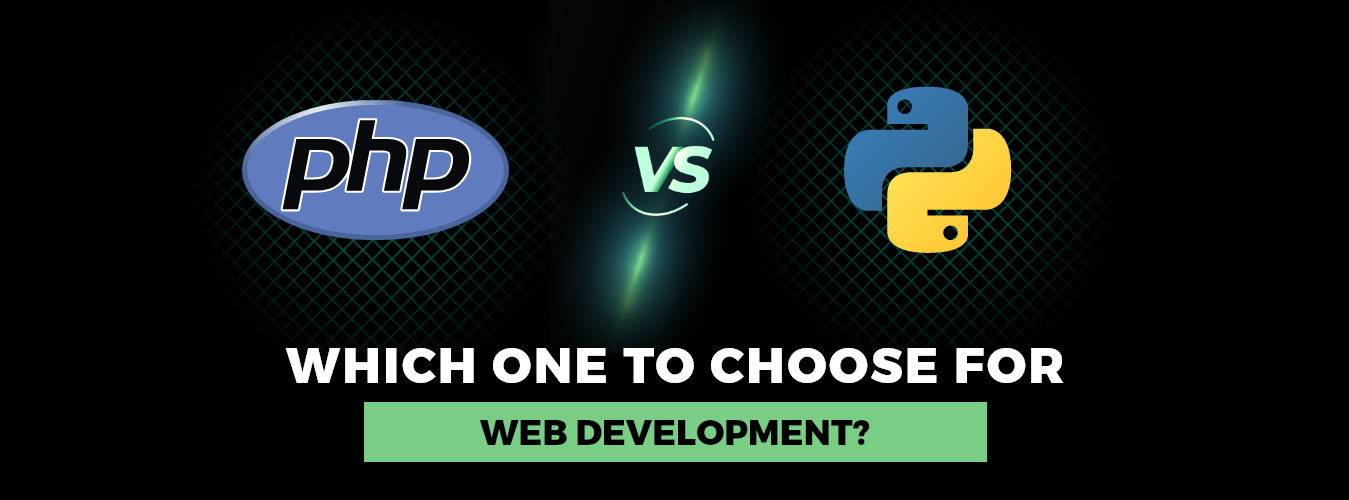The visual app changes the game basically for any online or offline business. Do you agree?
It is a bold statement that we can say but with some facts that we can support. From small businesses to large social networks, image recognition apps and machine learning help to accomplish very few tasks:
- Automatically execute business processes by sorting and tracking assets
- Provide better quality control by scanning products for defects
- Improve security by analyzing documents and face recognition
- Improve health safety by checking whether customers are wearing masks and staying away from people
- Provide better online customer service by introducing IR filters and image search
And those are just a few examples of how companies can benefit from photo recognition and electronic learning technology. However, as we talk about that, what are IR and ML, and how does it work?
What is image recognition?
Image recognition technology allows for the identification and classification of objects using special algorithms and artificial intelligence. What kind of things? Anything, from simple geometric calculations with vegetables to people, places, handwriting, or complex actions, such as pushing. (However, the latter is called human-state estimates, and we will show you how to create such an algorithm over time. That is a bit of a mess for you.)
To benefit from IR technology, all you need is a device with a camera (or just online images) and a pre-configured algorithm to interpret data. That’s all.
What is machine learning?
In the previous section, we talked about the algorithm needed to translate visual data. That’s machine learning. Basically, he trains the system to tell the difference between good and bad examples of what he needs to see.
After viewing 200 photos of rabbits and 200 images of cats, your system will begin to understand what makes a rabbit a rabbit and filter out animals without long ears (sorry, cats). This method is called supervised reading.
You may have heard of the most popular form of machine learning – deep reading. It can be monitored and unsupervised. This technology can request no more than 100 samples to learn to distinguish them. Isn’t that impressive?
The visual app changes the game basically for any online or offline business. Do you agree?
It is a bold statement that we can say but with some facts that we can support. From small businesses to large social networks, image recognition apps and machine learning help to accomplish very few tasks:
- Automatically execute business processes by sorting and tracking assets
- Provide better quality control by scanning products for defects
- Improve security by analyzing documents and face recognition
- Improve health safety by checking whether customers are wearing masks and staying away from people
- Provide better online customer service by introducing IR filters and image search
And those are just a few examples of how companies can benefit from photo recognition and electronic learning technology. However, as we talk about that, what are IR and ML, and how does it work.
Now let’s focus on the technical side and review how this app came to life step by step.
The technical stack we used
First, we will list what properties, tools, and libraries have helped us achieve the desired result.
· MVVM buildings
The advantage of this structure is that the code layers (here, those are model, view, and view model) are not very dependent on each other, and user interaction is separated from the business concept. In this way, it is easy to maintain and update the app if needed.
How does this structure work? View informs the viewing model about user actions. The view also has a layout of layout that is displayed on the screen, so you can use the UI mindset for it.
The viewing model uses data and commands linked to the view and informs the view of the change of status with the events of the notification changes.
A model is an invisible class with data to be used. Examples include DTO (Data Transfer Items), POJO (Plain Old Java Objects), and business items.
· PoseNet model
We have already stated that our fitness program is based on the technology of measuring a person’s posture. Pose estimation is a computer diagnostic technology that can detect demographic images in photos and videos. For example, the system can detect if someone’s arm is high or if a person has crossed his or her legs.
Standing technology analyzes the links of the X and Y body to make a conclusion about posture, so it does not matter who is in the picture or what you are wearing.
The positioning model uses human images as input, analyzes, and generates information about key body parts as output. Key points obtained are identified by component IDs (for example, BodyPart.LEFT_ELBOW), with a confidence score of between 0.0 and 1.0. The confidence result indicates a chance that the key member is somewhere.
· Firebase Realtime website
As you can see, such an application uses a lot of data linked to the analysis of vital body parts. To store and sync this data, we will be using the NoSQL cloud platform. That way, the information is synced to all clients in real time and is always available even if our app is offline.
· Android Jetpack Roaming
This part of the navigation structure is used to simplify the navigation functionality while also helping to see the app’s navigation flow.
· View Commitment
Viewing commitment is a tool that helps us write code to engage with views. Once the view binding is enabled in the module, it produces a binding section for each XML layout file present in that module.
Viewing commitments is a quick and easy way to get and stop viewing using findViewById () or Kotlin’s artificial structures. There are no excuses for using complicated methods, right?
· Hilt-dependent injection
Hilt provides a common way to use DI in your app by providing containers for each Android class in your project and managing their life cycles automatically.
How can you use photo recognition apps in business?
So how can businesses use image recognition apps to their advantage? Let’s discuss examples of IR applications that help both improve internal processes and reach new customers.
Fitness and wellness
The first industry is obvious by considering our app. Yes, fitness and health are very well matched to image recognition and posture measurement programs.
Fitness image recognition apps can provide the user with tips on how to improve yoga asanas, monitor user posture during exercise, and reduce the risk of injury for older fitness enthusiasts.
For sale
Offline marketing is almost an industry that could benefit from IR in the most feasible ways. From logistics to customer care, there are a number of image recognition applications that can make business life easier.
- You can provide a scanning app to give your customers more information about the item. The user can scan its product or barcode and find product category, delivery date and lot, origin, and more. The IR application can also be used for self-testing systems.
E-commerce
That all sounds cool, but my business is online, so I don’t need an IR app, you might say. What about search by photographic technology? If you have a clothing store, let your users upload a photo of the jersey or shoes they want to buy and show them the ones you have in stock.
Games
You can make mobile games more attractive to your users with photo visuals.
How?
Touch Finder to support your hand-to-hand game.
Personal position measurement for dance or gymnastics.
Object discovery to create a treasure hunting game.
These are just a few ideas for an exciting IR-based mobile game.
With the innovation and development team of mobile developers, you can easily create an unprecedented game.
Social media
Image recognition, or more accurately, facial recognition, is also widely used
in social media. Have you ever noticed how Facebook can identify who the person
in the picture is and link you to their profile? Good or bad news for others,
but by raising concerns about privacy and branding in Meta, this functionality
will no longer be available.
However, IR is very important in keeping social media safe. This technology is used to detect incorrect images that do not comply with the guidelines. So, yes, testing is not the only way to use image recognition.
Production
Image recognition works well for B2B producers and retailers as well. Remember our example of the amount of milk that should be remembered? That can be avoided with a better quality assurance system assisted by image recognition.
Medical
What about med tech? Image recognition can be used in dermatology, X-rays, tomography, and ultrasound scans. Such isolation can greatly improve telemedicine and monitor the effects of treatment that leading to lower levels of hospital learning and better patient care.
Summary
Although image recognition and machine learning technology may sound like the most advanced, these are widely used now. And not just with big companies and new startups – small and medium-sized businesses are actively benefiting from those. We hope the examples we have given today have confirmed that. Are you ready to be among the business owners who are already using facial recognition apps and getting one step ahead? Let’s contact us. We are the leading best android app development company in the USA.








